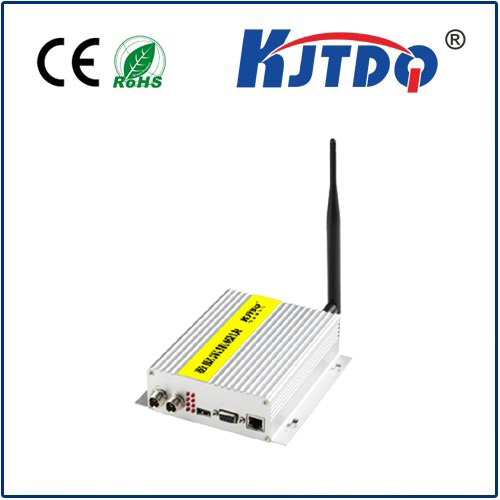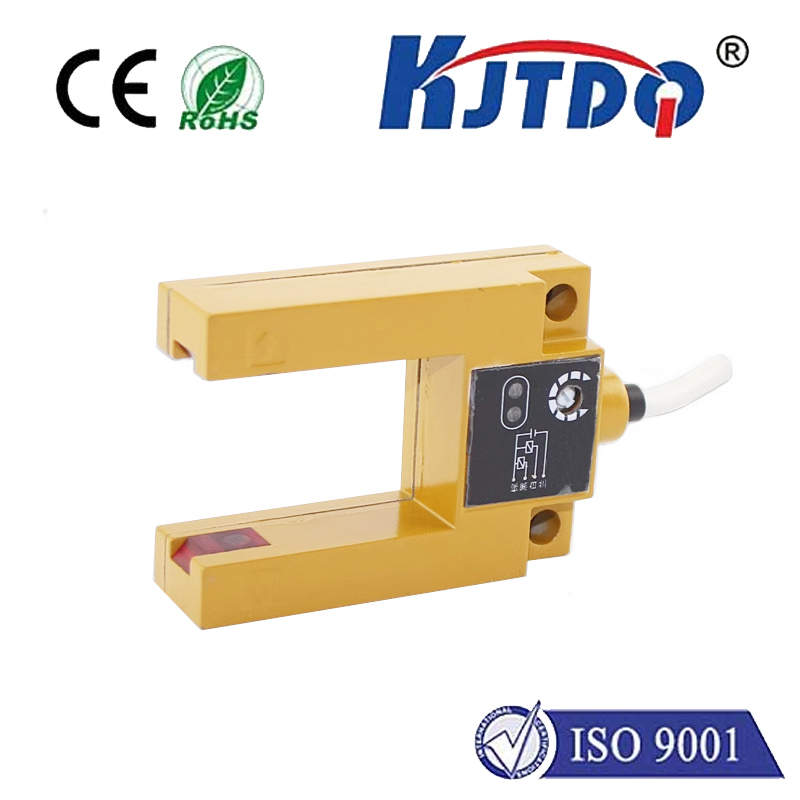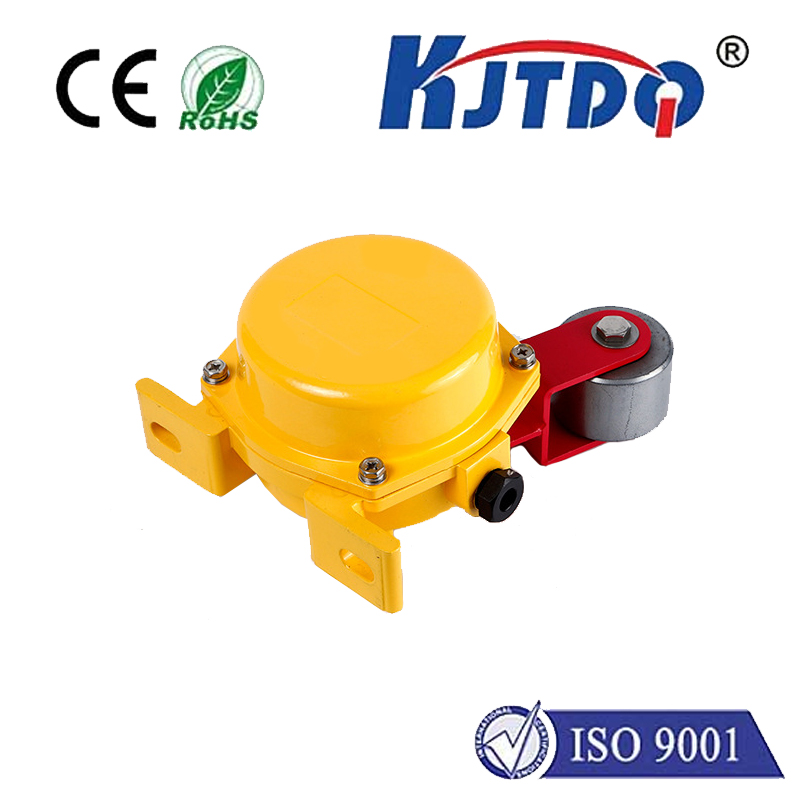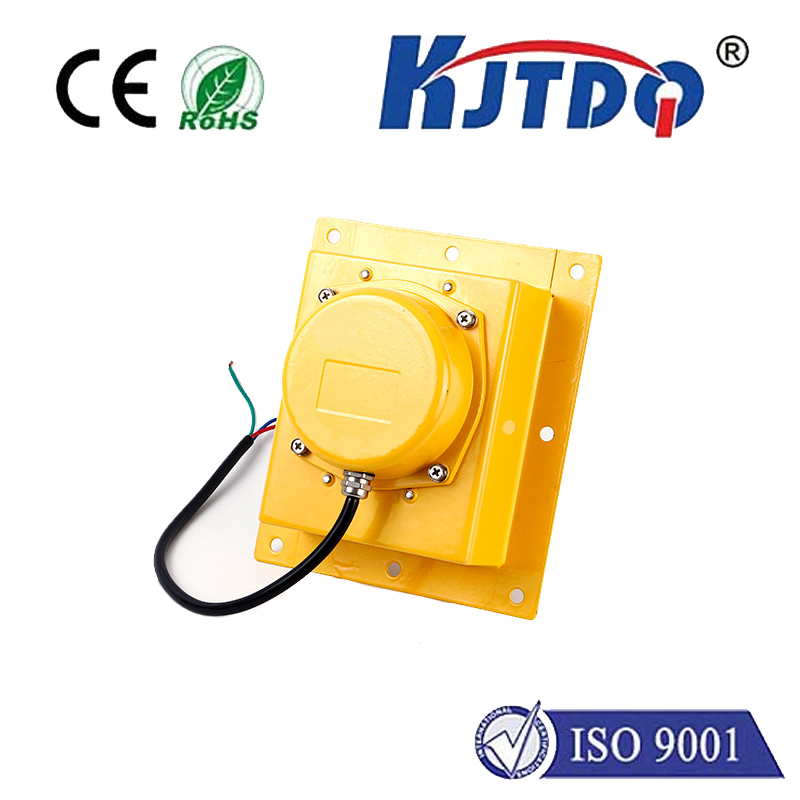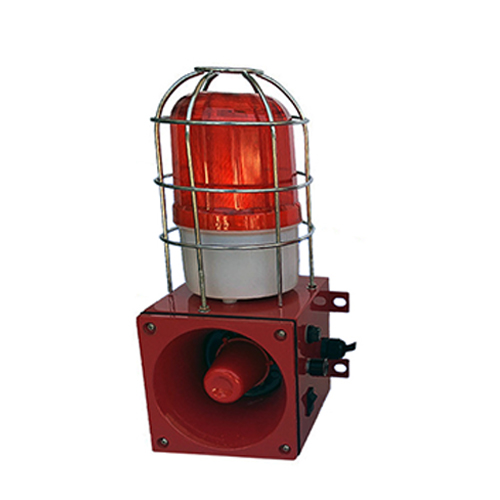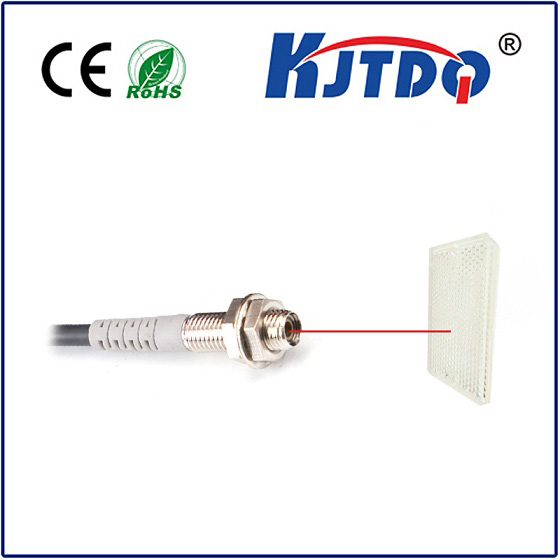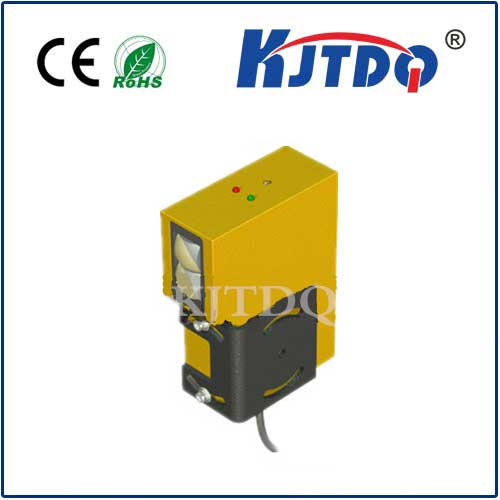

check

check

check

check
Imagine a robotic arm swiftly placing components on an assembly line, coming perilously close to its metal framework, yet never colliding. Or envision a high-speed packaging machine flawlessly counting products as they zip past. These feats of precision and safety in demanding industrial environments are often made possible by the silent vigilance of sensors like the LJC18A3-B-Z/BX inductive proximity sensor. This specific model stands as a highly reliable solution for detecting metallic objects without physical contact, playing a crucial role in countless automation applications. Understanding its capabilities reveals why it’s a preferred choice for engineers seeking dependable object detection.
The Core Principle: How Inductive Proximity Sensors Work
Before delving into the specifics of the LJC18A3-B-Z/BX, it’s essential to grasp the fundamental technology it employs. Inductive proximity sensors operate on the principle of electromagnetic induction. Within the sensor’s face (the sensing area) lies a coil through which a high-frequency oscillating current passes. This generates a dynamic electromagnetic field extending just beyond the sensor’s face.
When a ferrous metal target (like iron or steel) or sometimes non-ferrous metal (depending on the sensor type and material) enters this field, it induces small electrical currents called eddy currents within the target. These eddy currents consume energy from the sensor’s oscillating field. This energy loss causes a measurable change – typically an amplitude reduction or frequency shift – in the sensor’s internal oscillator circuit. Sophisticated electronics within the sensor detect this specific change and trigger an output signal, indicating the presence of the target. This entire process happens instantaneously and without physical contact, making it ideal for harsh environments where reliability and longevity are paramount.
Decoding the LJC18A3-B-Z/BX: Features and Specifications

The model number LJC18A3-B-Z/BX provides a concise summary of this sensor’s key characteristics:
LJ: Often denotes a manufacturer or product series prefix (specific brand implied).C: Typically indicates a cylindrical housing style.18: Specifies the nominal sensing distance, 18 mm. This is the calibrated distance at which a standard target (usually a 1mm thick square of mild steel) will reliably trigger the sensor under defined conditions. Real-world effective sensing ranges can be slightly less depending on target material and installation.A: Commonly refers to the housing diameter and thread size, often M18 (18mm diameter).3: Usually designates the output type and connection method. In this case, the 3 is frequently associated with a 3-wire configuration. The specific suffix details (B-Z/BX) further define the output.B-Z/BX: Delineates the specific output characteristics:B: Often signifies the switching function – likely Normally Open (NO). This means the output circuit is “open” (off) when no target is present and “closes” (turns on) when a target enters the sensing field.Z: Typically indicates an NPN output transistor. An NPN sensor switches the negative (-) or 0V leg of the load (e.g., a PLC input)./BX: This often further refines the switching function or connection, commonly confirming the NORMALLY OPEN (NO) behavior specifically for the NPN output.Key Advantages and Technical Highlights
Choosing the LJC18A3-B-Z/BX brings several significant benefits to an automation system:
Typical Applications Where the LJC18A3-B-Z/BX Excels
This sensor’s blend of long range, robustness, and NPN NO output makes it incredibly versatile:
proximity sensor essential).LJC18A3-B-Z/BX positioned strategically).Installation and Integration Essentials
Proper installation is key to maximizing the performance of your LJC18A3-B-Z/BX proximity sensor:
shielded design helps mitigate this).Why the LJC18A3-B-Z/BX Remains a Staple in Automation
While sensor technology continuously evolves, the fundamental requirements of robustness, long sensing range, and reliable non-contact detection remain constant.
